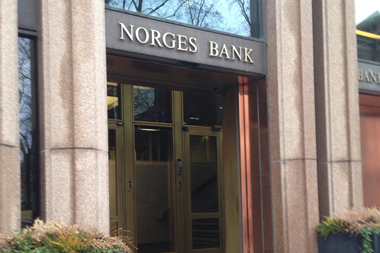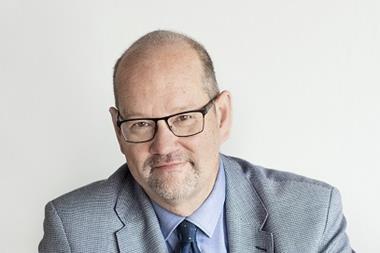UK - Employees working in industries such as public administration and defence are more likely to be members of a pension scheme than those working in catering, the UK's Office of National Statistics (ONS) has revealed.
Figures from the updated Pension Trends report revealed in 2006 around 39% of working age people in the UK were contributing members of pension schemes - a label covering all types of non-state provision such as private and public sector occupational schemes, stakeholders and group personal pensions (GPPs).
The research showed for the period 2005/06, 43% of men were contributing to any kind of personal pension - down from 48% in 1999/00 - while the proportion of women savers remained relatively stable with a slight fall to 37% from 38% over the same period.
But while more working age men contribute to a pension than women, the figures highlighted among full-time employees 58% of women were members of an employer pension scheme, compared to 53% of men.
And despite the fact full-time workers are more likely to join occupational schemes than part-time workers - who are mainly women - the ONS report revealed between 1987 and 2006 the number of female part-time pension members increased from 11% to 36%.
However, figures also suggested membership of schemes varies according to the industry sector, as 86% of men working in public administration/defence and social security were most likely to be members of a pension scheme, closely followed by 71% of those working in education and 70% of men involved in banking and finance.
In contrast only 16% of men employed in the hotel and catering industry were members of a pension scheme, while the highest proportion of women contributing to a pension scheme - 81% - also tended to work in public administration/defence and social security.
The percentage of women working in banking and finance and holding a pension plan was 66%, compared with 65% of women involved in education, while the lowest proportion - 15% - of contributing women were again in the hotel and catering industry.
However, the ONS pointed out the variations between industry sectors "reflect differences in the extent to which employers offer provision as well as the rate at which employees take up the provision offered", as sectors with high public sector employment tend to have high scheme membership.
As a result, the figures showed between 1991 and 2006 active membership of private sector occupational schemes fell from 6.5 million to 4.4 million, while in the public sector membership increased from 4.2 million to 5.1 million in the same period, despite the reclassification of corporations - such as the BBC and the Post Office - as private rather than public sector companies in 2000.
In addition, research showed the number of employees with a DB scheme fell from 46% in 1997 to 35% in 2006, while DC membership dropped from 9% to 7% over the same period, though the ONS pointed out the drop was "partly offset" by an increase in the number of GPPs, which rose from 1% to 6%, while stakeholders were held by 3% of employees in 2006.
Findings from the research - which was sourced from four different surveys - also suggested the longer an employee has worked for a firm, the more likely they are to be a member of the pension scheme, as in 2006 73% of female full-time employees, and 70% of men, who had been with their employer for five years or more belonged to an occupational pension scheme.
That said, the report also showed although approximately two-thirds of pensioner households received income from non-state pensions in 2005/06, 40% of couples, 55% of single men and 61% of single women received less than £1,000 (€1,243) a year from a non-state pension arrangement.
The ONS claimed pension payments only provided "modest levels of annual income" as 62% of pensioner couples had less than £10,000 a year, and half of single pensioners had less than £6,000.
Figures showed the average annual private pension income for pensioner couples in 2005/06 was £2,115 for pensioner couples, while for single men it was £1,553 and for single women £1,238.
And despite these figures, an update on attitudes to retirement and pension planning revealed 33% of men and 53% of women expected to retire before the age of 65.
In addition, although almost half of those who had not yet retired had no idea what their retirement income would be, almost three-quarters expected their main source of income in retirement to be pension-based, with 30% of individuals expected to rely primarily on the basic state pension of just £7,296 for couples and just over £5,000 for single pensioners.
If you have any comments you would like to add to this or any other story, contact Nyree Stewart on + 44 (0)20 7261 4618 or email nyree.stewart@ipe.com












No comments yet